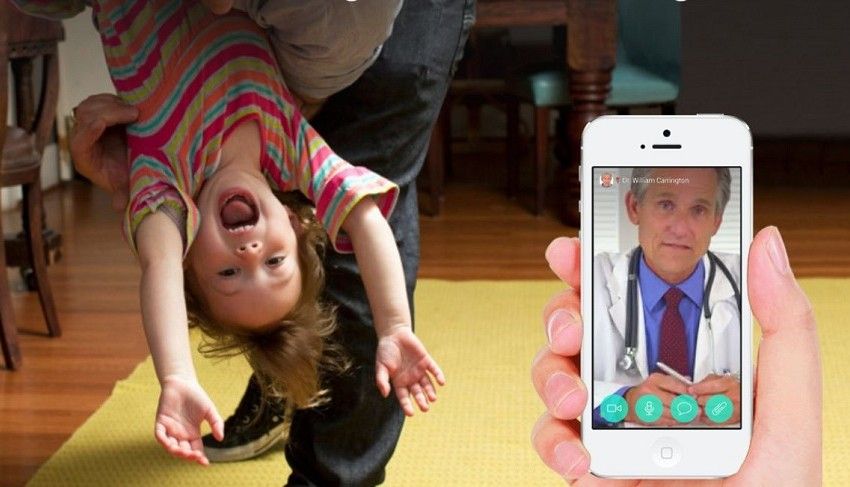Three healthbots that deliver intuitive care
By Charlene Chin
Your personal health concierge.

It has been six years since he predicted this, but is it likely to come true? Already, multiple players in the healthcare industry have started to roll out bots in their service delivery.
GovInsider has pulled together three examples of healthbots that can deliver proactive medical care.
1. Alexa

Boston Children’s Hospital launched KidsMD in April, an app that uses Alexa - a voice recognition software programme - to give medical advice to parents.
Parents need to first download the app on Alexa-enabled devices to ask her for symptoms and medications for common pediatric maladies.
It also boasts weight and age-specific dosing guidelines for over-the-counter drugs, tapping into a cloud-based content curated by the hospital’s doctors.
Still, there are more potential uses for the virtual assistant. The hospital is exploring to use Alexa in operation theatres, the ER, and in simple tasks like drawing blood.
2. HealthTap

Doctors can now be kept in the pockets of everyone. In April, HealthTap launched a chatbot on Facebook Messenger that allows patients to consult doctors online to self-diagnose diseases, and understand the treatments available.
The healthbot connects users to over 100,000 doctors, from 140 specialties. Users can type questions into Messenger and receive responses from them; it also pools responses from physicians to answer similar questions.
And if you don’t get an answer, the platform allows you to connect with doctors through video. Or - talk about mobile medicine - just chat them up!
The company assures users that both their identities and question will remain anonymous, even though it’s used on a social media platform, Venture Beat writes.
But the bot isn’t a new function, it continues, HealthTap has owned the features within its mobile apps for years; Facebook just gave it a greater reach.
3. Molly
The UK’s National Health Service has deployed Molly – a virtual nurse – in their caregiving services. She helps patients monitor long-term diseases like diabetes and heart failures, and flags caregivers if their sickness escalates.
To start off, patients need to sign up to the platform, after which a personalised care plan is drafted according to their medical needs. They can check in with Molly on their phones or computers to follow the prescribed regimen; clinicians can also monitor their patients’ with the data collected.
“She follows up to see how they are, access them for risk, offer them education and insights and can tell them if they need to see somebody, or go to the hospital”, Adam Odessky, CEO of Sense.ly – the company that built the software – told Vator.
With early intervention, this can save healthcare costs as it prevent patients from being admitted to emergency rooms, he added.
To top it off, the artificially intelligent nurse has pleasant bedside manners: she responds with a soft-spoken voice to patients’ queries.
The use of bots in healthcare may just be the tip of an iceberg. Robot nurses may soon swarm hospital floors, so make way for them.